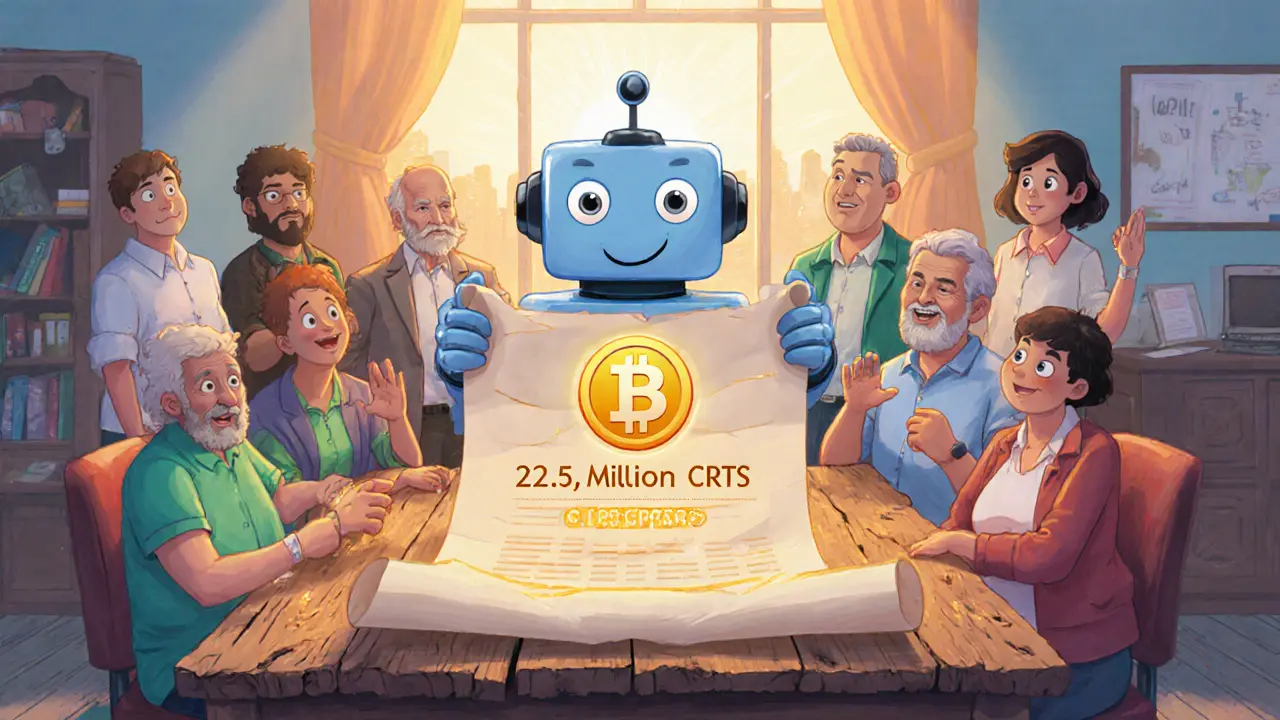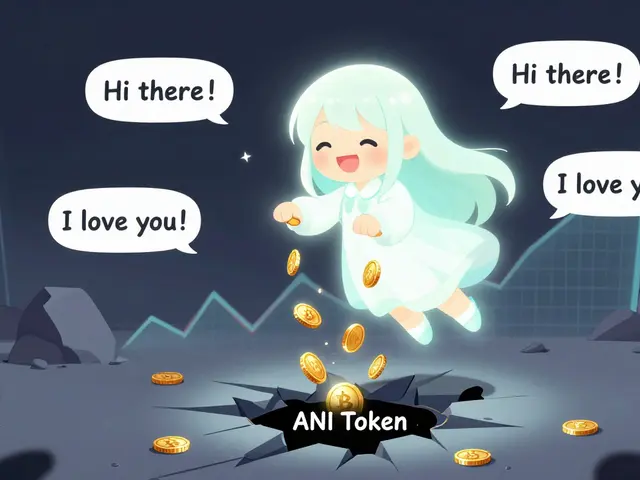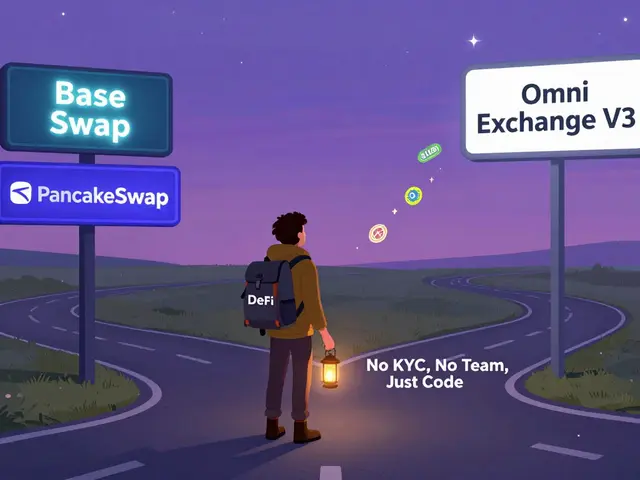CRTS price – Real‑Time Tracking & Analysis
When you check CRTS price, the current market value of the CRTS cryptocurrency token, you’re looking at more than just a number. Also known as CRTS token, a utility token built on a blockchain platform for DeFi applications, its price reflects supply‑demand dynamics, on‑chain activity, and broader market sentiment. The practice of cryptocurrency price tracking, monitoring real‑time market data via APIs, charts and alerts sits at the core of any trader’s routine, while Decentralized Finance (DeFi), a set of financial services built on public blockchains often drives the volatility you see. Finally, blockchain analytics, the extraction of on‑chain metrics like transaction volume, active addresses and token flow gives the data backbone that explains why the price moves the way it does.
Think of CRTS price as a living snapshot: it encompasses market volatility, reflects tokenomics, and reacts to news. To get a clear view you need three things. First, a reliable price feed that updates every few seconds—this is the foundation of any tracking dashboard. Second, on‑chain analytics that show how many wallets are holding CRTS, how many are swapping it, and where the big moves originate. Third, contextual signals from the DeFi ecosystem, such as liquidity pool changes, yield farming incentives, or governance proposals that can swing sentiment overnight. In practice, a trader might combine a price chart from a major exchange with a blockchain explorer’s token holder distribution graph, then layer AI‑driven sentiment scores to anticipate short‑term spikes.
Key Factors Influencing CRTS Price
One major driver is token supply mechanics. When the CRTS protocol burns tokens or releases new ones through staking rewards, the circulating supply shifts, nudging the price up or down. Another factor is liquidity on decentralized exchanges; thin order books can cause price slippage, making even modest trades swing the market. Market sentiment adds another layer—social media chatter, GitHub commit activity, and partnership announcements each create ripples that the AI tools on our portal pick up and turn into actionable alerts. Finally, macro‑economic trends like regulatory news or broader crypto market cycles often cascade down to individual tokens, CRTS included.
Because all these pieces interlock, analysts treat CRTS price as a multi‑dimensional signal. The semantic relationship looks like this: CRTS price is influenced by DeFi liquidity, requires blockchain analytics for accurate interpretation, and benefits from AI‑enhanced sentiment tracking. When you line up these connections, you get a clearer picture of cause and effect, helping you decide whether to hold, buy, or sell.
Our portal offers a toolbox that mirrors this approach. You’ll find real‑time price tickers, on‑chain dashboards that break down holder concentration, and AI‑powered heatmaps that flag unusual activity. Each tool is built to let you slice the data the way you need—whether you’re a casual investor watching daily trends or a power trader mining arbitrage opportunities.
Below you’ll discover a curated collection of articles that dive deeper into each of these angles. From a technical breakdown of the CRTS tokenomics to step‑by‑step guides on setting up AI‑driven price alerts, the posts are organized to give you both the big picture and the granular details you need to act confidently.
Cratos (CRTS) Airdrop Details: How the 2024 Token Giveaway Worked
A deep dive into the 2024 Cratos (CRTS) token airdrop: numbers, eligibility, market impact, and what it means for today’s holders.





